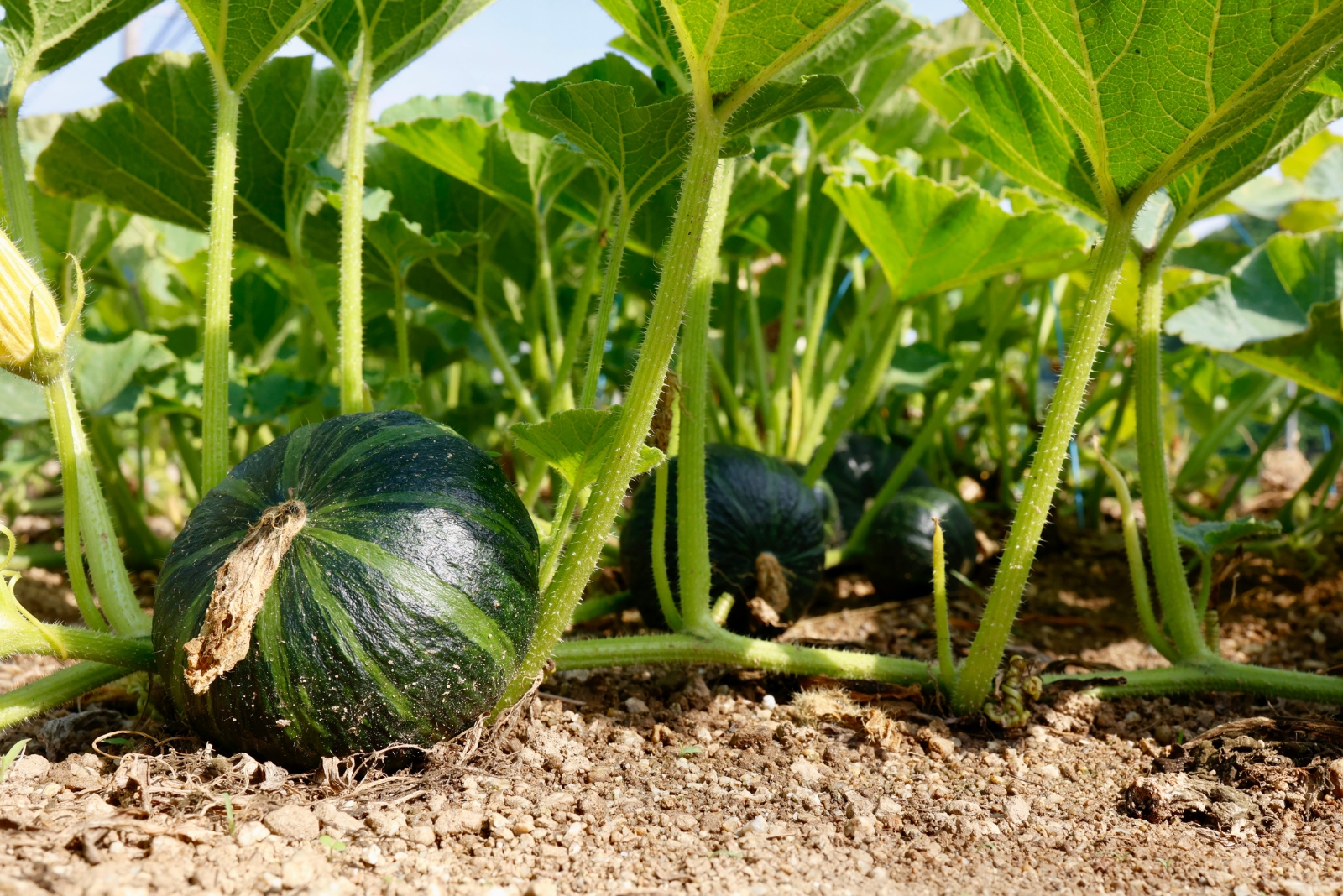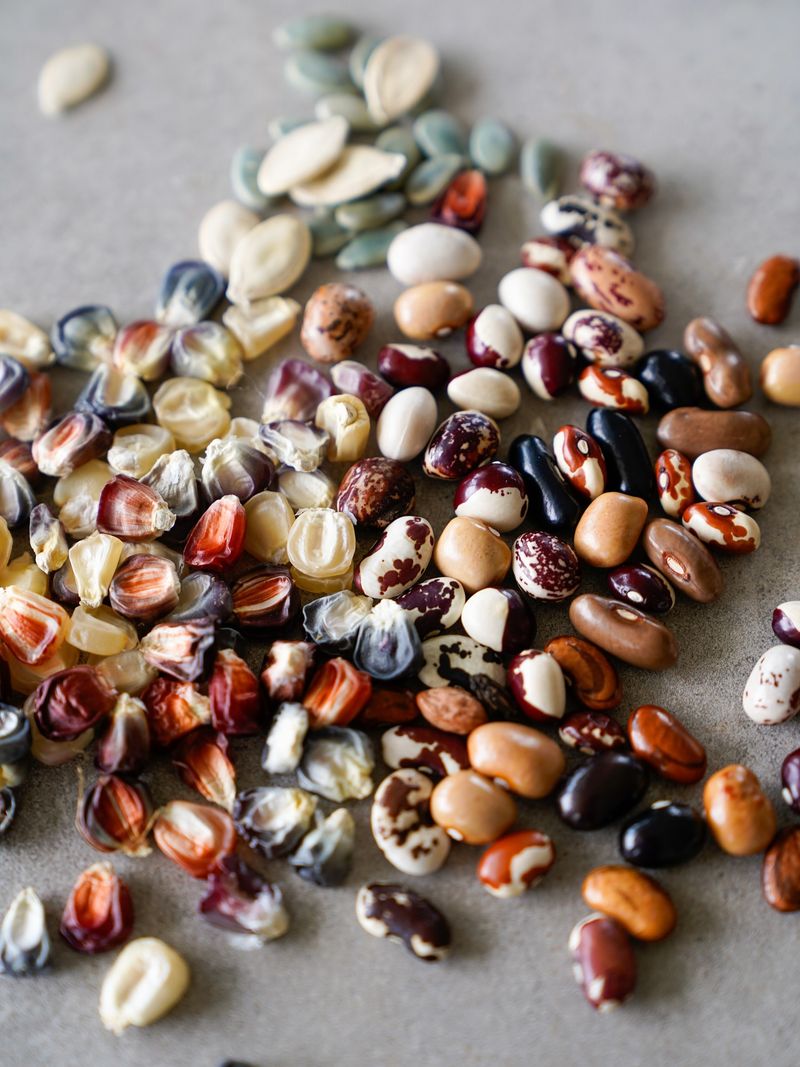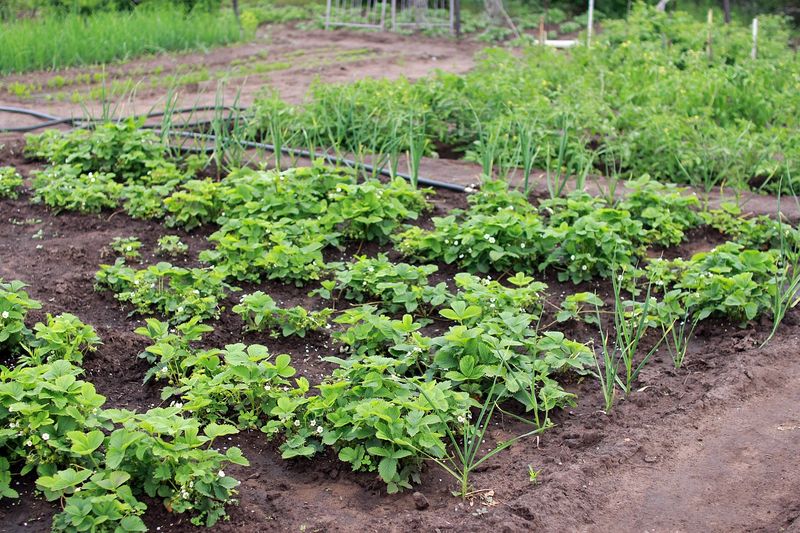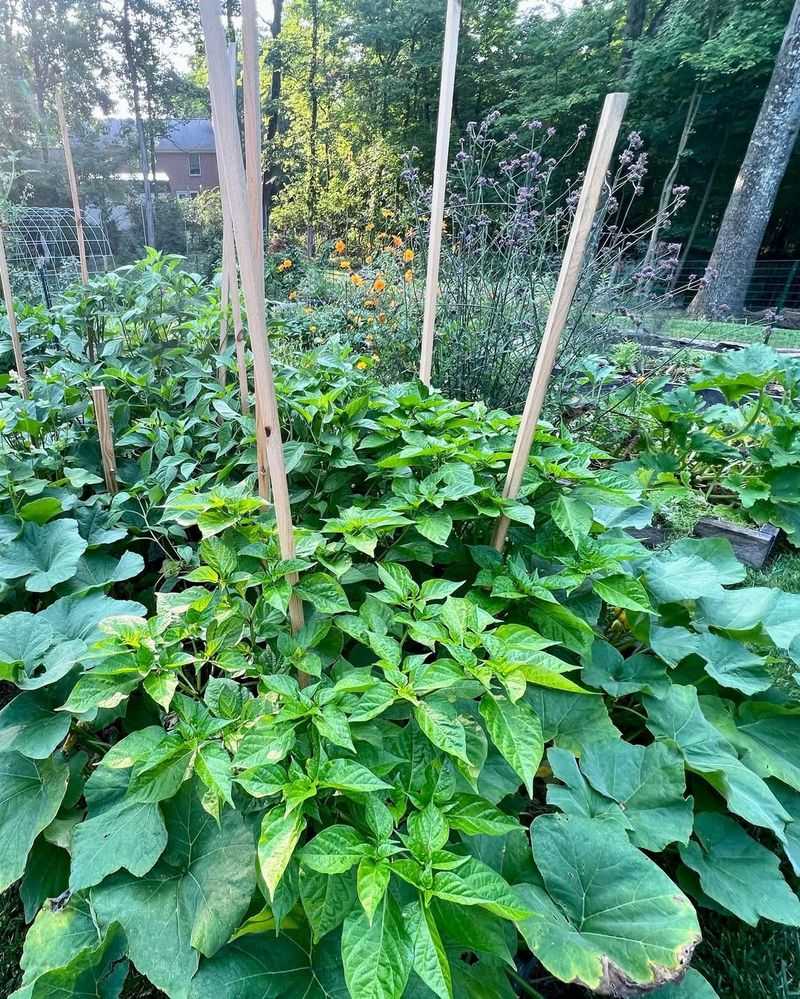An Alabama gardener recently tried an ancient farming method called the Three Sisters and saw amazing results.
This traditional technique from Native Americans plants corn, beans, and squash together in harmony.
The combination creates a natural support system that helps all three crops thrive beautifully.
Ancient Native American Wisdom Meets Modern Gardens
Native American tribes developed this companion planting strategy over thousands of years, relying on observation and experience to shape an efficient growing system.
Corn, beans, and squash were planted together because each crop supported the others, helping them survive challenges and produce stronger harvests.
Alabama gardeners are now rediscovering how remarkably well this time-tested method still works in modern gardens, often with impressive early results.
How Each Plant Supports The Others Naturally
Corn stalks grow tall and strong, forming natural poles that give bean vines the perfect structure to climb upward toward the sun.
As the beans grow, they add nitrogen to the soil, providing essential nutrients that help both the corn and the squash thrive.
Squash leaves spread wide across the ground, creating a living mulch that blocks weeds and keeps precious moisture from evaporating.
Together, the three plants form a balanced system that improves soil health, supports growth, and boosts overall productivity in the garden.
Quick Success With Traditional Technique
Alabama gardener decided to plant the three sisters together and noticed impressive growth within just a few weeks of getting started.
The plants looked noticeably healthier and stronger than when they had been grown separately in past seasons.
Early results included thicker, sturdier corn stalks that stood firm even during summer storms.
Bean vines produced abundantly throughout the season, showing how well they thrived in the supportive environment created by the companion planting system.
These early successes suggest that the three sisters method can significantly boost productivity for modern gardeners.
Simple Planting Steps Anyone Can Follow
Start by forming small mounds of soil spaced about three feet apart across your garden bed, giving each planting group plenty of room to grow.
Plant four corn seeds in the center of each mound first and wait until the young stalks reach about six inches tall before adding anything else.
Once the corn is established, add bean seeds around the base so the vines can climb the developing stalks as they grow.
Plant squash seeds between the mounds a little later, allowing their sprawling vines to fill the spaces and create natural ground cover.
Less Weeding And Watering Required
Squash leaves create natural shade that prevents weeds from sprouting beneath the plants and competing for nutrients.
Their broad coverage also slows down water evaporation from the soil, which becomes especially important during Alabama hot summer days.
Because the vines act like a living mulch, gardeners spend far less time weeding and maintaining their beds throughout the growing season.
The plants also stay healthier thanks to the consistent moisture levels preserved by the squash’s protective canopy.
Bigger Harvests From Smaller Garden Spaces
Growing three crops both vertically and horizontally allows Alabama gardeners to maximize every square foot of planting space available.
Families can harvest corn ears, fresh beans, and squash all from the same compact plot, making the garden far more productive than single-crop rows.
This efficient method produces more food without requiring a larger garden footprint or additional resources.







